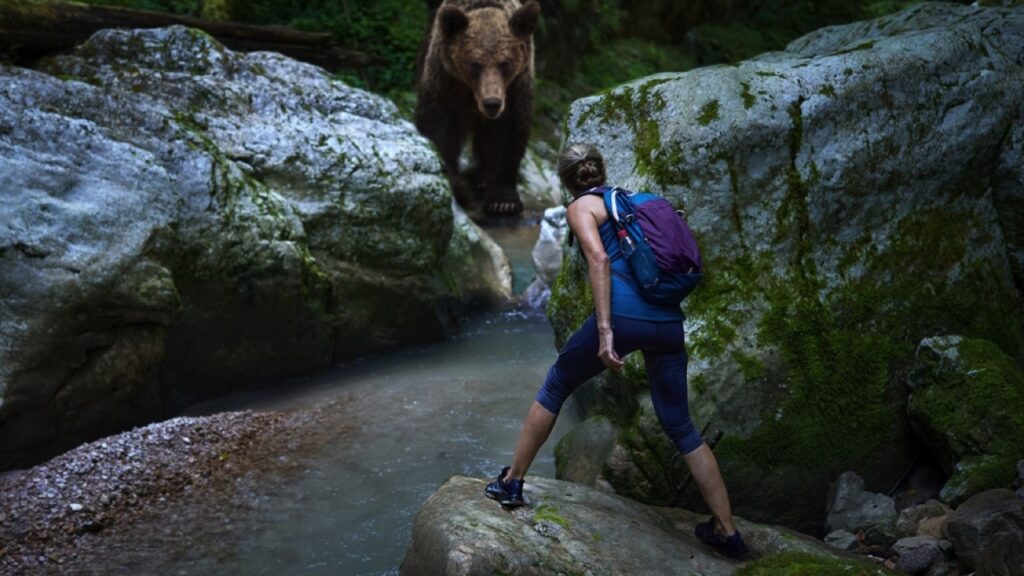Have you ever wondered what to do if you come face-to-face with one of the world’s most dangerous animals? While it’s best to avoid these encounters altogether, knowing how to react can help you stay safe in a risky situation. Here are 12 tips to keep in mind when dealing with some of the most formidable creatures on our planet.
1. Stay Calm and Avoid Sudden Movements
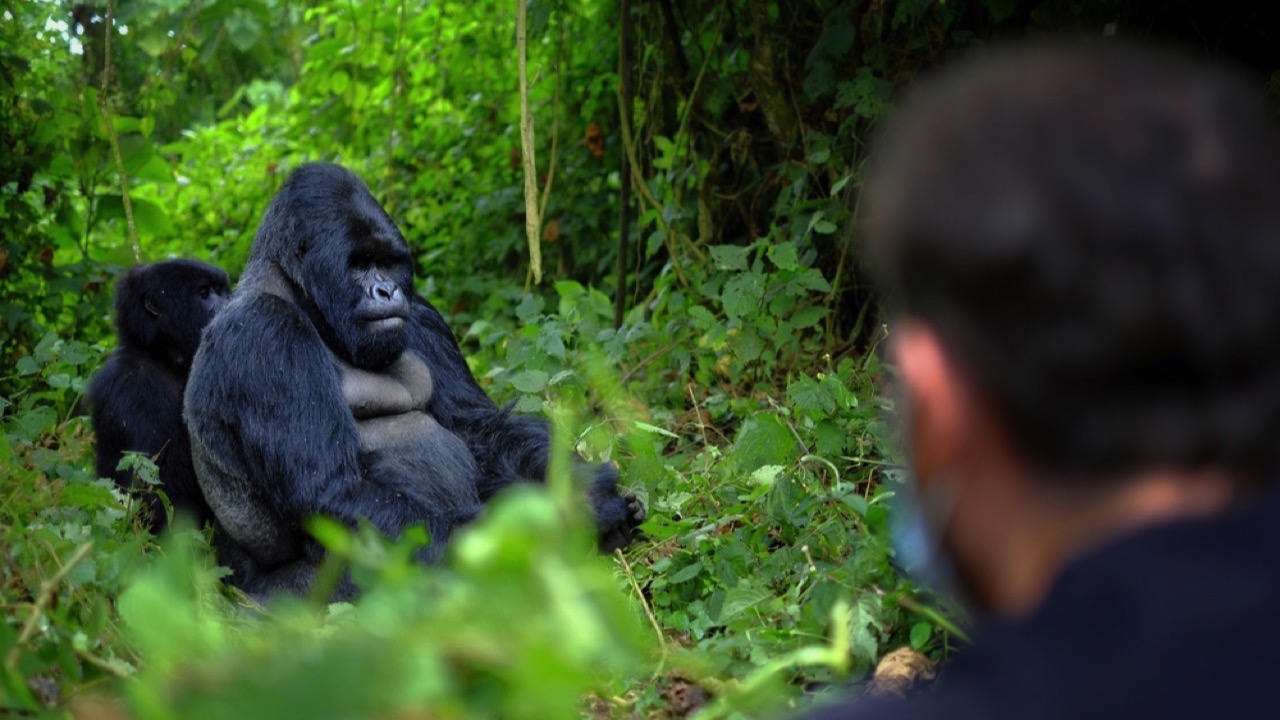
When encountering a dangerous animal, it’s crucial to remain calm and avoid making sudden movements. Many animals interpret quick actions as threats, which can trigger their fight-or-flight response. Take a deep breath, stay still, and assess the situation before making your next move.
2. Maintain Eye Contact and Back Away Slowly
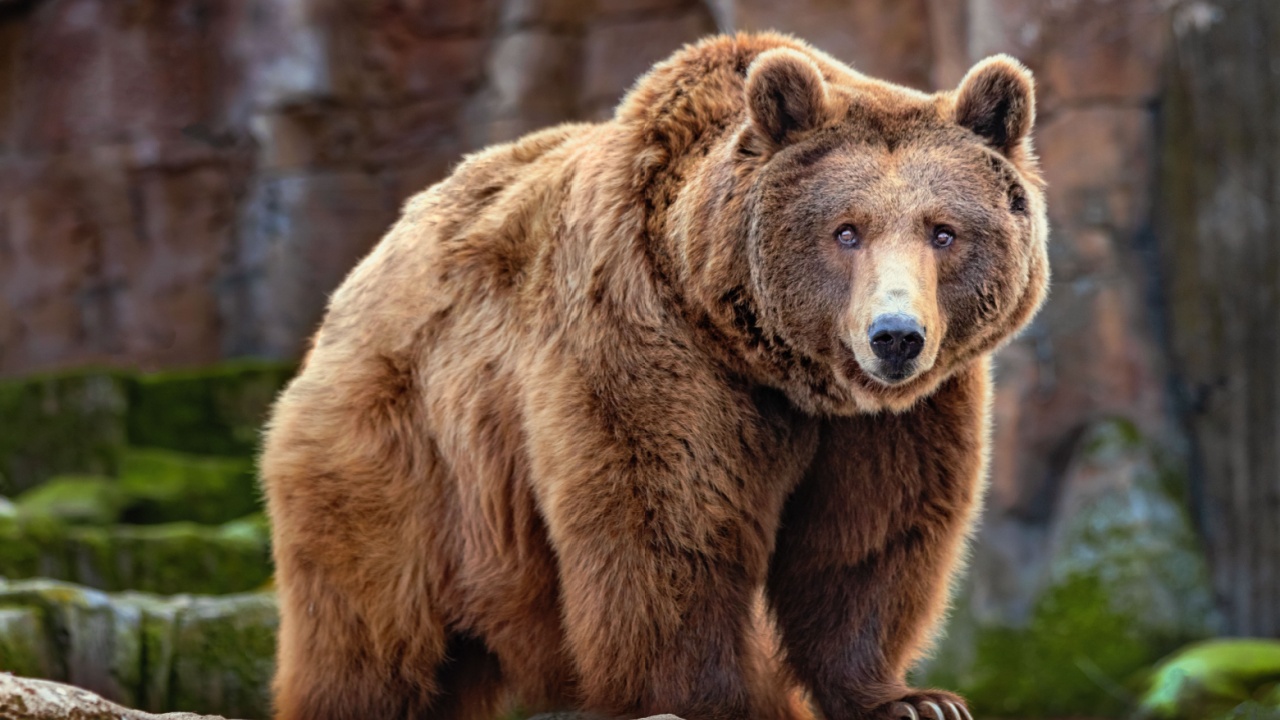
If you find yourself facing a predator, maintain eye contact to show that you’re aware of their presence. Slowly back away while keeping your eyes on the animal. This demonstrates that you’re not a threat and allows you to create distance between yourself and the potential danger.
3. Make Yourself Look Big and Intimidating
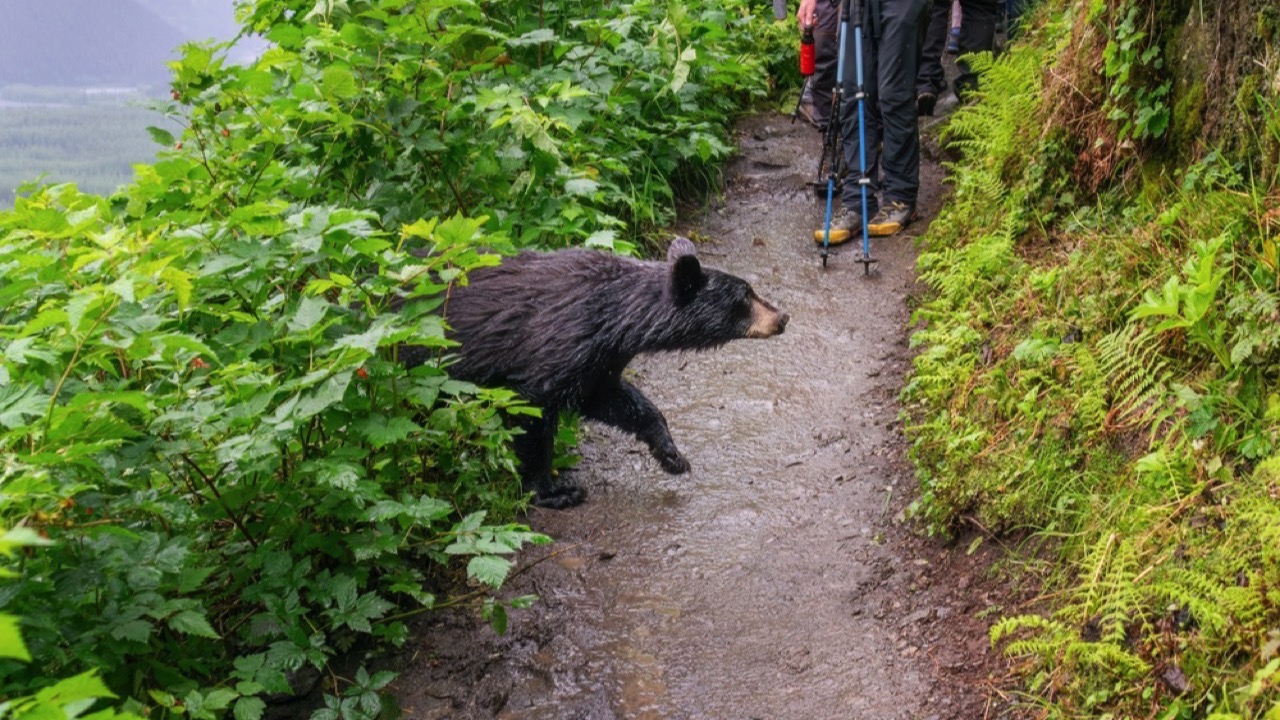
When confronted by certain animals, such as bears or mountain lions, making yourself appear larger can deter an attack. Stand tall, raise your arms, and spread your jacket or backpack above your head. This makes you seem more intimidating and less like prey.
4. Use a Firm Voice and Make Noise
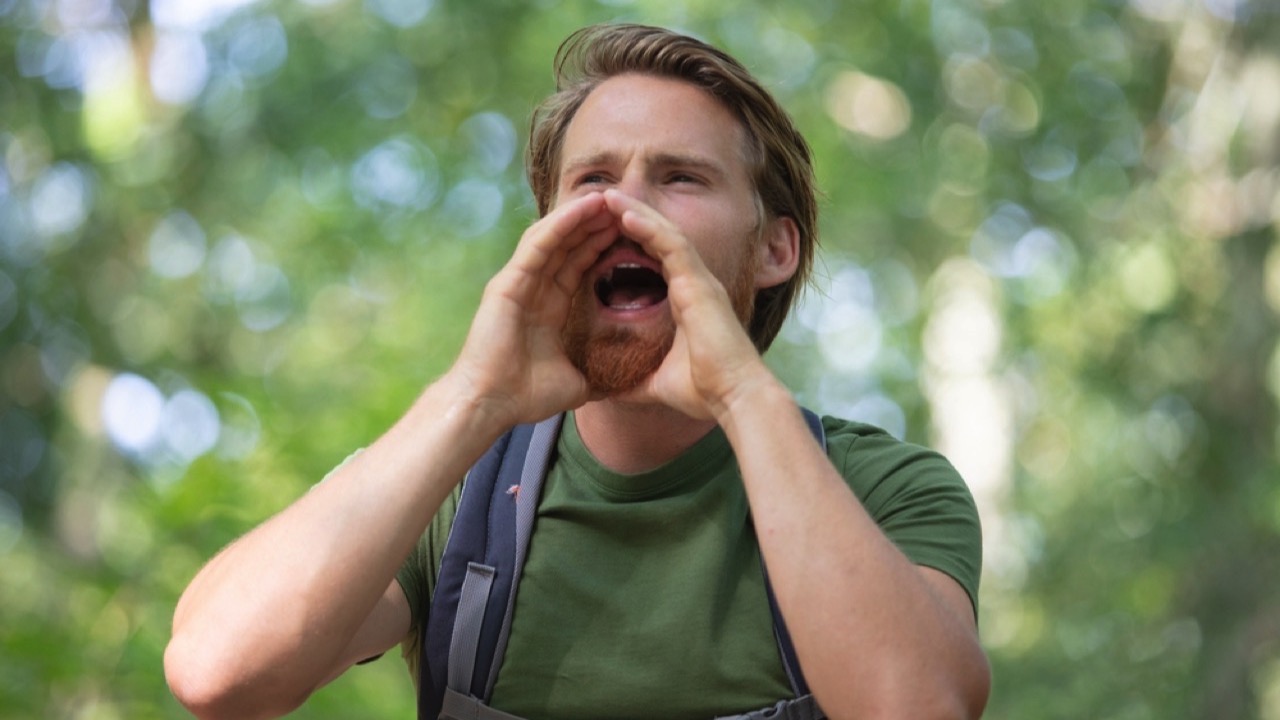
If an animal approaches you, use a firm, loud voice to assert your presence. Shouting, clapping, or banging objects together can startle the animal and make them think twice about coming closer. However, avoid screaming or high-pitched sounds, as these may mimic the cries of prey.
5. Carry Deterrents Like Pepper Spray or Bear Spray

When venturing into areas known for dangerous wildlife, carry deterrents such as pepper spray or bear spray. These non-lethal options can effectively deter an aggressive animal if used correctly. Familiarize yourself with the proper use of these tools before your trip.
6. Know the Animal’s Behavior and Traits

Educate yourself about the dangerous animals that inhabit the area you plan to visit. Learn about their behavior, habits, and warning signs. For example, a rattlesnake’s distinctive rattle serves as a warning to back off, while a shark’s dorsal fin cutting through the water may indicate an impending attack.
7. Keep a Safe Distance and Avoid Provoking Animals
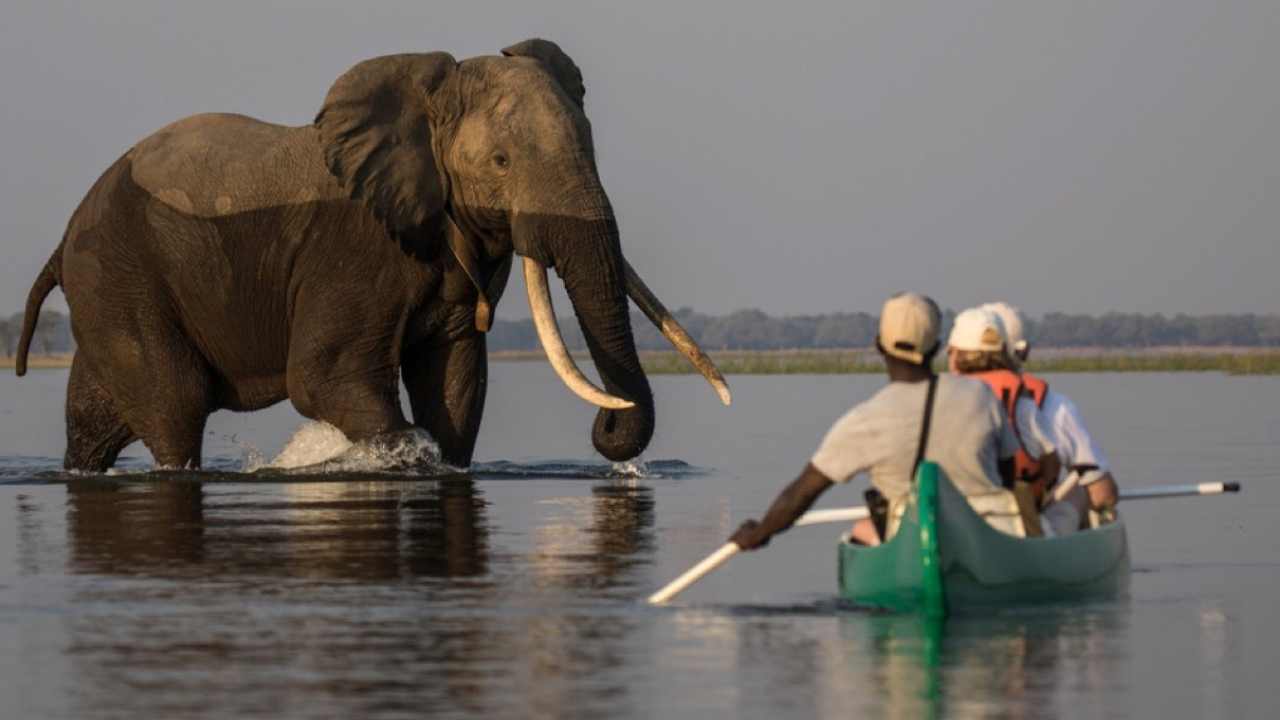
Always maintain a safe distance from wild animals, even if they appear calm or docile. Avoid actions that may provoke them, such as approaching their young, disturbing their nests, or interrupting their feeding. Respect their space and observe from afar.
8. Stay in Groups and Make Your Presence Known
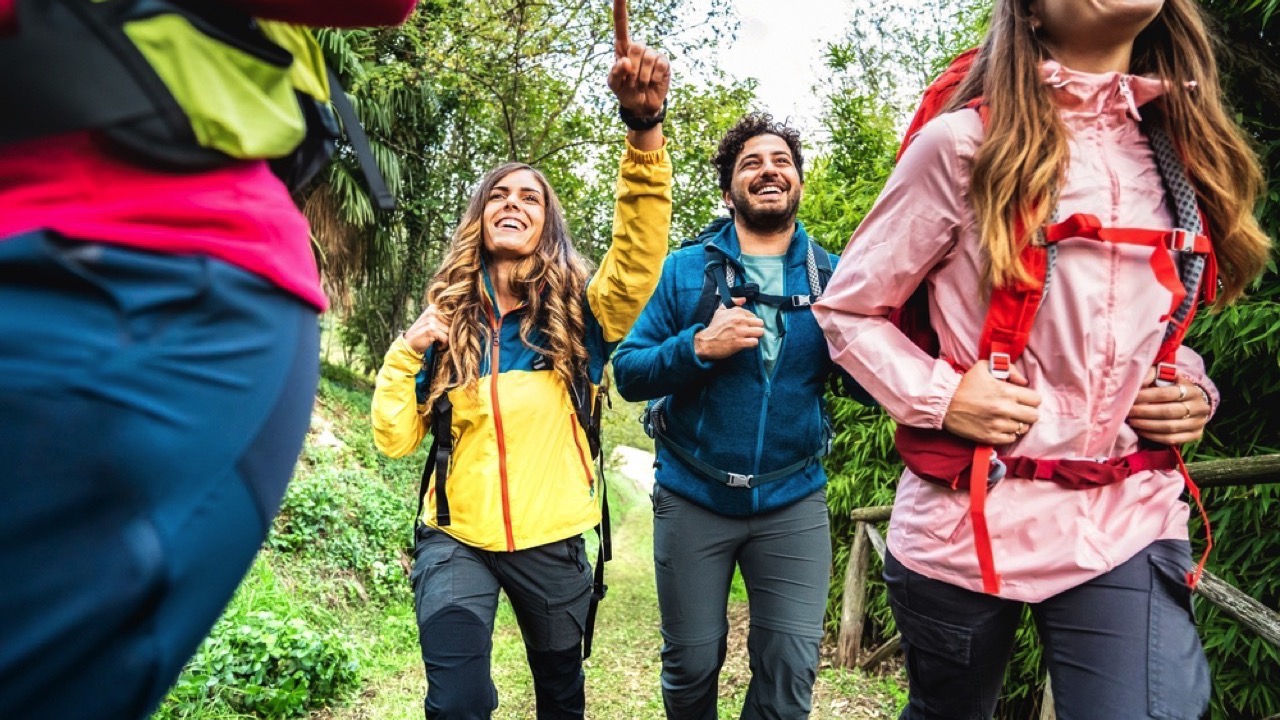
When hiking or exploring nature, stay in groups whenever possible. Animals are less likely to attack a group than a lone individual. Make your presence known by talking, or singing to avoid surprising wildlife.
9. Avoid Areas Where Dangerous Animals are Known to Reside
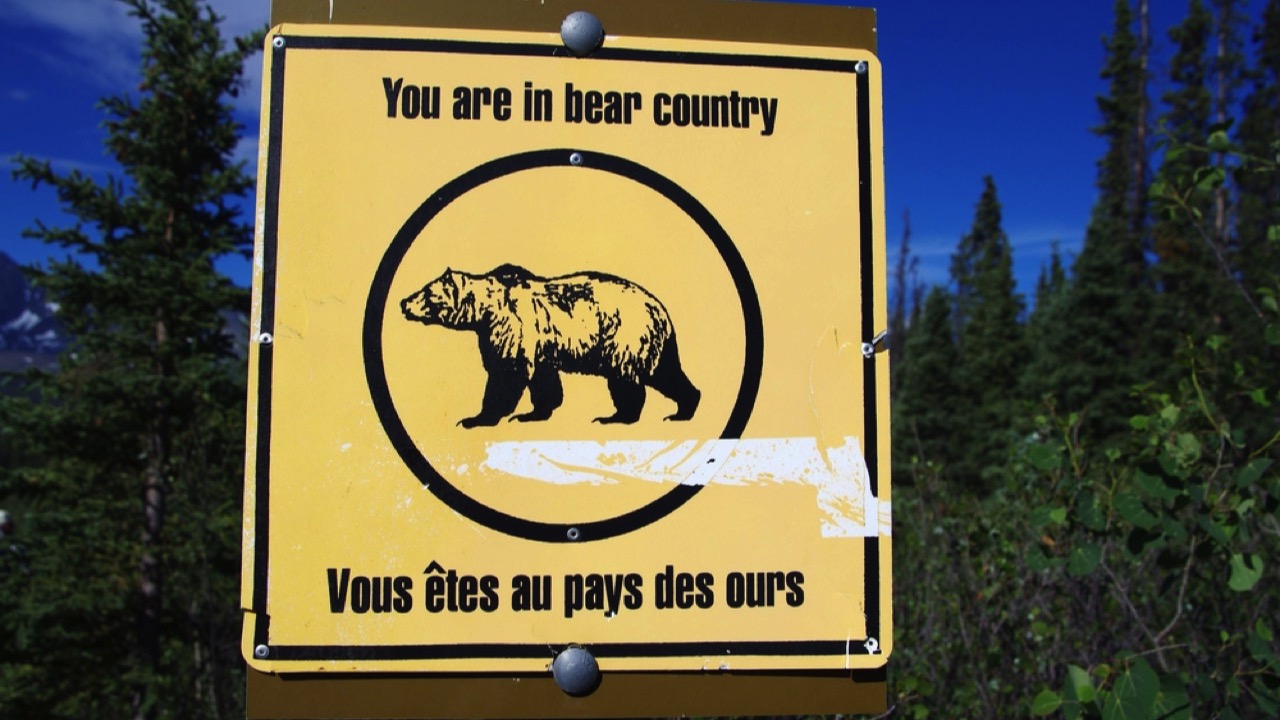
Before embarking on an outdoor adventure, research the area to identify any known habitats of dangerous animals. Avoid these areas, especially during seasons when animals are most active or protective of their young. Stick to well-maintained trails and designated campsites.
10. Don’t Run Away; Instead, Stand Your Ground
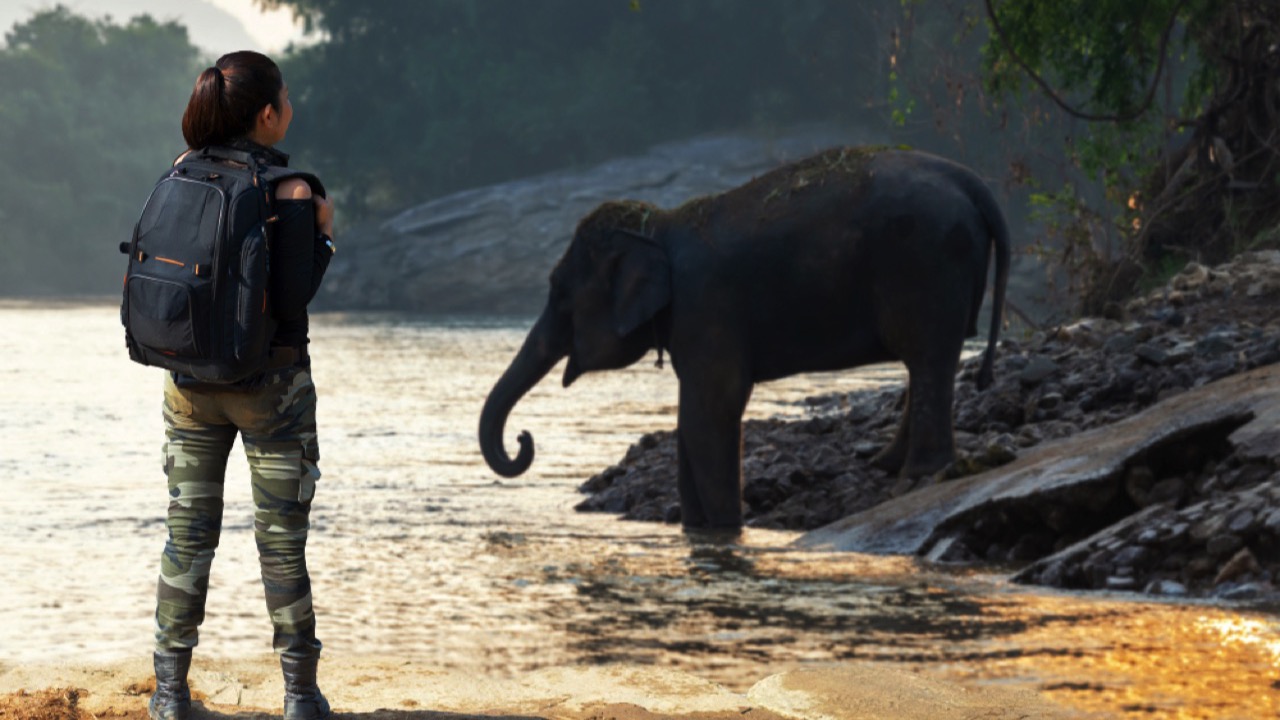
If an animal charges at you, resist the urge to run away. Running can trigger their predatory instinct and make them more likely to chase you. Instead, stand your ground, make noise, and prepare to defend yourself if necessary.
11. Play Dead or Fight Back, Depending on the Animal
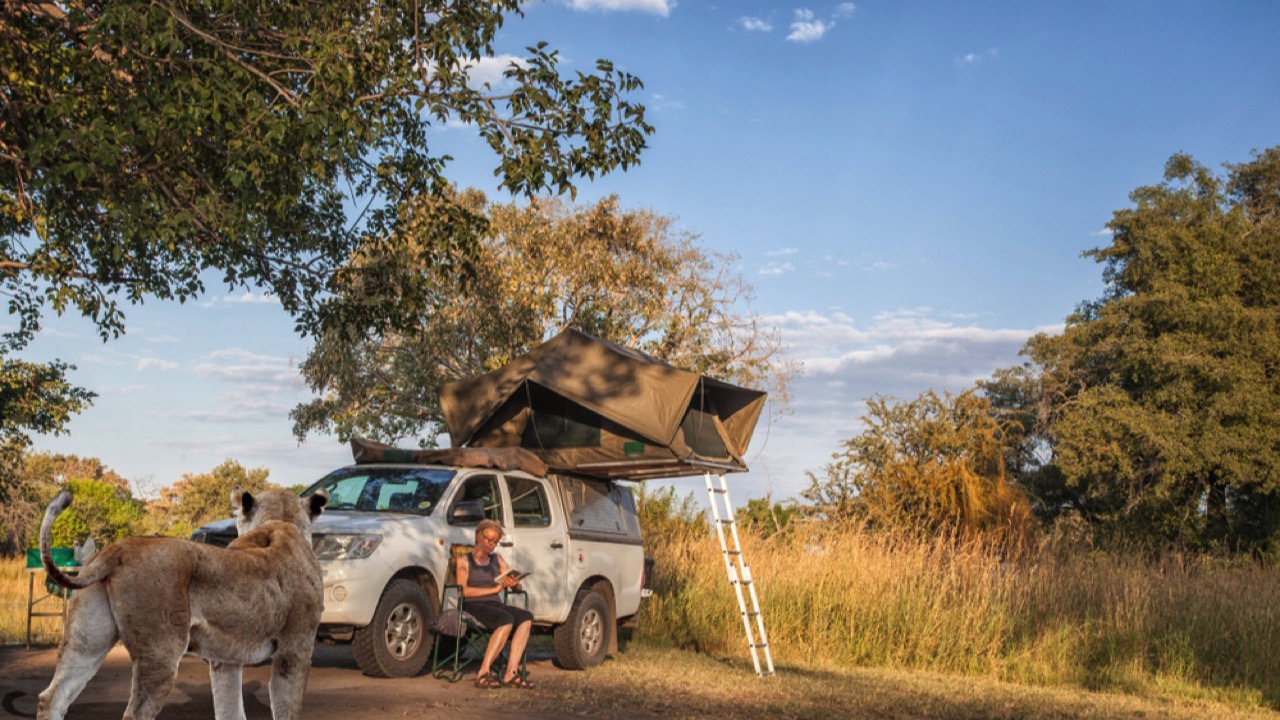
In some cases, playing dead can discourage an attack. For example, if a grizzly bear attacks, lie face down, cover your neck with your hands, and remain still until the bear leaves. However, if a black bear or a mountain lion attacks, fight back aggressively with rocks, sticks, or any available weapons.
12. Seek Medical Attention Immediately After an Attack

If you are unfortunate enough to be attacked by a dangerous animal, seek medical attention immediately, even if the injuries seem minor. Animal bites and scratches can lead to serious infections or diseases. Provide as much detail about the animal and the attack to help medical professionals provide appropriate treatment.
Becky is a fervent wildlife enthusiast and pet care expert with a diploma in canine nutrition. Her love for animals stretches beyond the domestic, embracing the wild tapestry of global fauna. With over a decade of experience in animal welfare, Becky lends her expertise to OutlandishOwl through insightful articles, captivating wildlife information, and invaluable guidance on pet nutrition. Her work embodies a deep commitment to understanding the intricate lives of animals and a passion for educating others on sustaining natural habitats. Becky's hands-on conservation efforts and her knack for translating complex dietary science into practical pet feeding tips make her an indispensable voice for creatures great and small.

